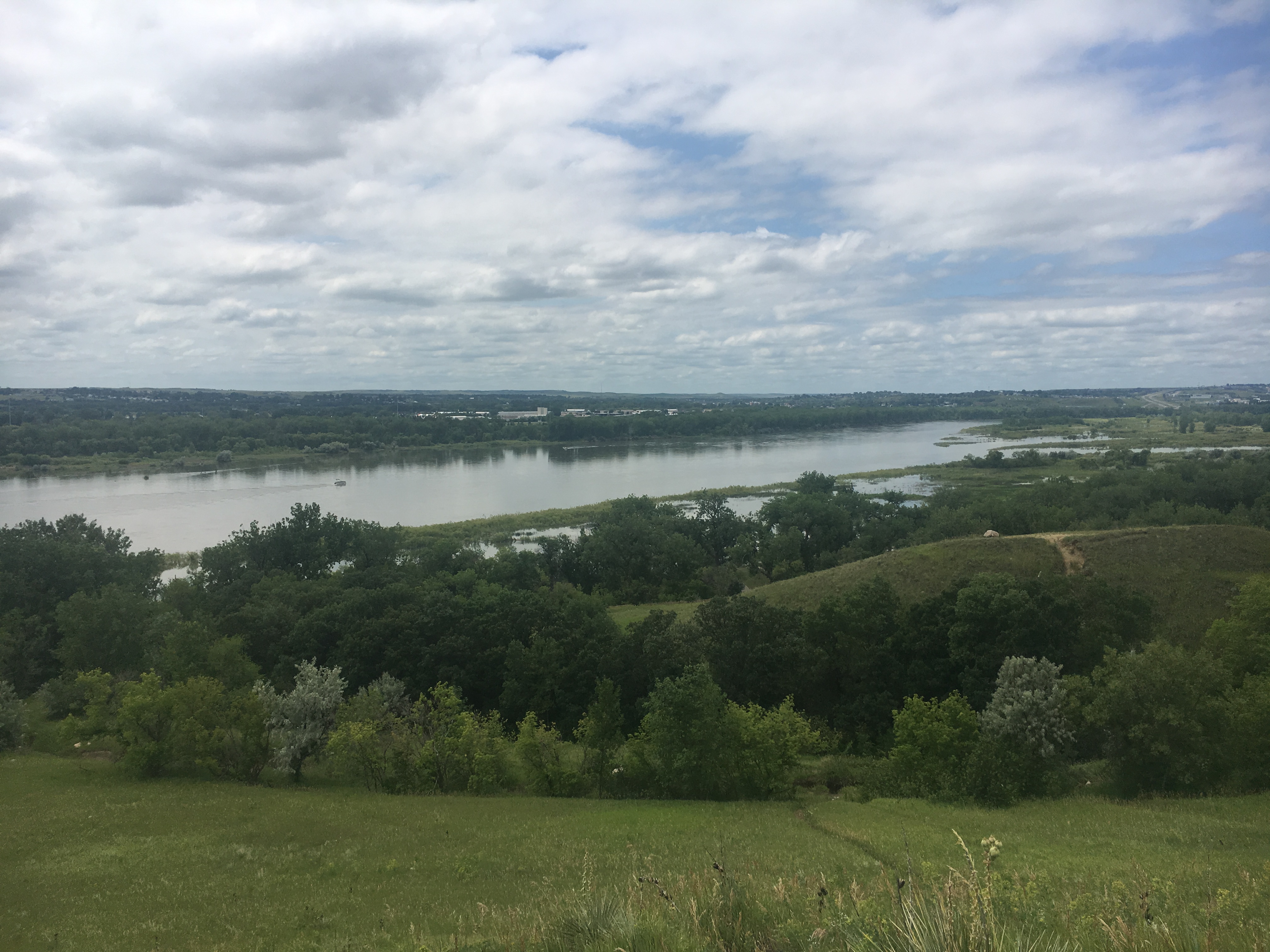One of my goals for being a meteorologist is teaching others the weather. Weather or meteorology is a very complex science and can change almost instantly and it impacts everyone.
A meteorologists goal is to get the weather forecast as accurate as possible and with those changes some days can be harder then others.
There are hundreds if not thousands different kinds of weather phenomenons and each one is very unique and each of their own.
We are going to start out with simple weather features first then work our way back up to the complex stuff as times moves forward and as you start to understand the atmosphere.
So, let’s talk about the jet stream.

Courtesy: NWS
The jet stream is a narrow band of fast moving air or wind that circulates around the entire globe in the upper atmosphere or about 10 km above the Earth’s surface.
The jet stream is often viewed on a 300 mb pressure map. It is often colored and there will be that narrow band of air that circulates across the map. This will indicate stronger wind speeds and the current.

Typically, the placement of the jet stream holds back different masses of warm or cool air. If you’re north of the jet stream there is a very good chance you are seeing cooler air. If you’re south of the jet stream then warmer air from the tropics are likely.
The jet stream will have stronger winds in the winter months when compared to summer. According to NOAA jet streams of 275 mph are possible in the winter.
A jet stream isn’t just cut and dry it can be affected based on temperatures, high and low pressure systems, and seasons.

The NOAA uses a very good analogy to describe the jet stream… think of it as a river. A river always flows in one direction and has twists and turns. But the center of the river typically has the strongest flow and that is exactly where the jet stream has the fastest wind speeds. If you’re along the bank, the water isn’t moving as fast and neither are the winds.
Remember, how I mentioned that the jet stream often divides warm and cool air? Also, think of each side of a river bank having a different air mass. One side cool and another warm while the atmospheric river is right in between.

Leave a comment